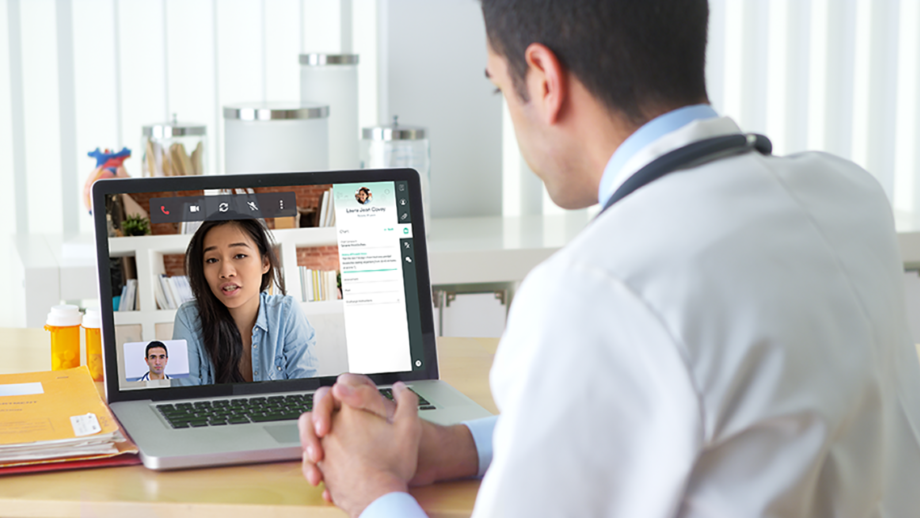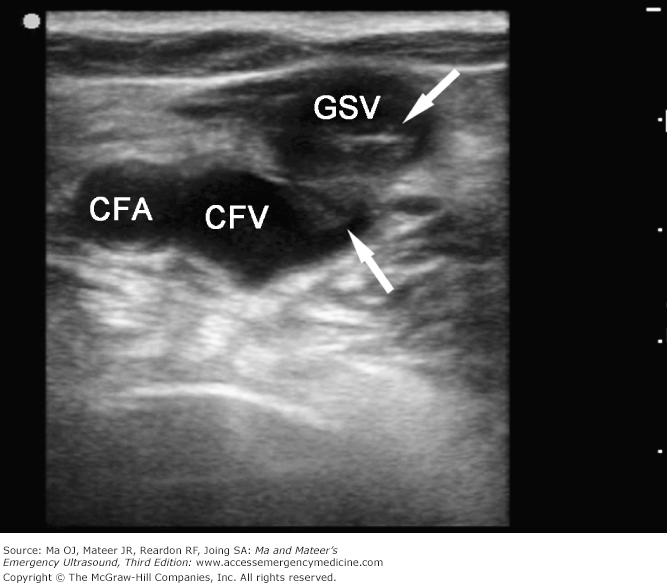[ad_1]
By Ghazal Irfan, RHIA, and Monica Watson
The COVID-19 public health emergency (PHE) generated a need for expanded telehealth regulatory requirements resulting in exponential growth in telehealth services. While initially used for convenience, telehealth quickly became a necessity for safety and continuity of care. In the days since the PHE began, telehealth is being recognized as a means for improved care coordination, health outcomes, and overall health care access for at-risk populations. This article will outline the key elements and requirements for compliant coding, billing, and oversight for telehealth services from the initiation of the PHE to the present day.
What Is Telehealth?
The Centers for Medicare & Medicaid Services (CMS) defines telehealth as “the use of electronic information and telecommunications technologies to extend care when you and the patient aren’t in the same place at the same time.” There are several Health Insurance Portability and Accountability Act (HIPAA)-compliant technologies, such as Zoom for Healthcare or GoToMeeting, that can be used; however, the United States Department of Health and Human Services (HHS) issued a temporary notice to allow other non-public-facing applications to deliver telehealth during the COVID-19 PHE such as Apple FaceTime and Facebook Messenger video chat.
Synchronous Versus Asynchronous Telehealth
A telehealth visit can take place synchronously or asynchronously. During a synchronous encounter, the provider and patient are interacting face to face, in real time via an audiovisual communication technology. Asynchronous telehealth, also known as “store-and-forward,” allows the patient and provider to communicate at their preferred timeline. For example, a patient is asynchronously communicating with their provider when they send an email or a picture of their blister.
1135 Waiver
On March 6, 2020, under the HHS 1135 Waiver, any healthcare provider who is eligible to bill Medicare for professional services can bill for telehealth services. This also includes Federally Qualified Health Centers and Rural Health Clinics. There are no geographic or originating site restrictions for patients to receive telehealth services, making it easier for them to see their providers from the comfort and safety of their homes while the PHE is in place. Providers can conduct telehealth visits from clinics, hospitals, or even their home offices. For home office telehealth visits, providers do not need to list their home address on the claim.
Place of Service Codes
The Place of Service (POS) code indicates where a service is being provided to the patient. For example, a patient seen at an inpatient hospital is reported using POS 21 on the professional claim form. Due to the PHE and Waiver 1135, providers conducting telehealth visits are allowed to report the POS code equivalent to what it would have been had the service been rendered in person. This flexibility allows eligible providers to continue providing necessary care to patients safely while still receiving the appropriate facility rate. For example, if a provider normally sees a patient in their office-based clinic, but due to the pandemic is conducting a telehealth visit from their home office, the appropriate POS code is 11 to indicate office visit. A complete list of POS codes can be found here.
Telehealth Modifiers
- 95: For telehealth visits conducted in lieu of an intended in person visit due to the COVID-19 pandemic, use modifier 95 to identify telehealth services on professional claims.
- GQ: For Alaska and Hawaii, the GQ modifier is required on medical telehealth claims that are furnished asynchronously as part of a federal telemedicine demonstration project.
- GT: Required for telehealth services that are bundled under Critical Access Hospital (CAH) Method II claims.
- G0: Required for telehealth services that are directed at diagnosing and treating an acute stroke.
Types of Telehealth Service
As of April 2021, CMS allows payment for over 270 services. Some of the services allowed are:
- Emergency Department Visits, Levels 1-5 (CPT® codes 99281-99285);
- Therapy Services, Physical and Occupational Therapy, All levels (CPT® codes 97161-97168, 97110, 97112, 97116, 97535, 97750, 97755, 97760, 97761, 92521-92524, 92507),
- Group Psychotherapy (CPT® code 90853); and
- Home Visits, Established Patient (CPT® codes 99347-99348).
A complete list of Medicare eligible telehealth services can be found here.
Coding and Billing for Telehealth Services
CMS has published a list of CPT and HCPCS codes for telehealth services that are approved for Medicare payment. This published list is called List of Telehealth Services for Calendar Year 2021. Initially, Medicare required use of real-time, audio and video communication for telehealth visits, but later allowed some 88 codes to be used when patient-provider communication is through audio only. Medical record documentation is essential in determining the appropriate coding and billing to ensure compliance and reimbursement.
Types of Virtual Services
Medicare allows a physician or qualified healthcare practitioner to provide four types of virtual services to a Medicare beneficiary. 29 CFR (Code of Federal Regulations) § 825.125 defines a healthcare provider as a physician or other healthcare practitioner authorized through accreditation, licensure, or certification to perform certain healthcare services as allowed under state law.
| Service | Brief Description | Code Ranges | Technology requirements |
| Telehealth | Services that would normally occur in person but are being conducted using telecommunications instead | Most common:
|
Audio and video communications |
| Virtual Check-In | Brief communication to avoid the need for an in-person visit and conducted using synchronous telecommunications | *established patients only |
Audio and/or video communications |
| E-Visits | Similar to virtual check-in but conducted through a patient portal |
*established patients only |
Online and/or patient portal |
| Phone Calls | Audio only communications |
|
Telephone only |
Facilities Billing Remote Services
Providers should append a CS modifier to either in-person or telehealth visits when the visit results in a COVID-19 lab test. Appending a CS modifier, allows providers to receive 100 percent payment on COVID-19 testing related services.
Certain facilities can bill for an originating site facility fee when telehealth services are rendered to patients that are in a facility. HCPCS code Q3014 can be billed under the following circumstances:
| Site/Facility | Type of Bill | UB04, Revenue Code | Modifier |
| Hospital (and/or hospital-based provider clinics) | 12X (Inpatient)
13X (Outpatient) |
780 | None |
| CAH Method II | 72X (Inpatient) | 780 | GT |
| Hospital Based ESRD | 72X | 780 | None |
| SNF | 22X (Inpatient Covered)
23X (Outpatient Arrangement) |
780 | None |
| Community Mental Health Center | 76X | 780 | None |
Examples:
- The provider furnishing the telehealth service is at a distant site and is billing for telehealth service using modifier 95 on the 1500 claim form;
- The patient is a registered outpatient at that hospital and the patient’s home is serving as a provider-based department (PBD) of the hospital; and
- The hospital staff is providing administrative and clinical support to the professional telehealth service.
When billing for remote services, hospitals should follow billing instructions for modifiers PO (excepted items and services rendered at an off-campus PBD of a hospital) and PN (nonexcepted items and services rendered to off-campus PBD of a hospital).
Documentation Requirements for Medicare Telehealth Visits
Telehealth services should follow the same documentation requirements that are required when the services are rendered in person, as intended. It is essential to include the method of telehealth delivery (audio only or synchronous audio and video, for example) and total time spent with the patient. While it is implied that certain objective physical exam elements are unable to be performed, those that are objectively observed should be documented accordingly. Patients with access to equipment such as a scale, automatic blood pressure machine, and/or pulse oximeter can self-report the values, but it is best that the provider of service personally observe the performance of these activities and document them accordingly.
Compliance and Audit Oversight
With the loosening of telehealth regulations and the expanded set of covered services, concerns for telehealth fraud, waste, and abuse have been a more frequent topic of discussion. In January 2021, the Office of Inspector General (OIG) announced that it will be conducting a two-phase audit on Medicare Part B telehealth services. During phase one of the audit, the OIG will focus on determining whether services such as evaluation and management, psychotherapy, end-stage renal disease, and opioid use order have met Medicare requirements. Phase two of the audit will evaluate whether “Medicare Part B telehealth services related to distant and originating site locations, virtual check-in services, electronic visits, remote patient monitoring, use of telehealth technology, and annual wellness visits” met Medicare requirements. Now is the time for healthcare providers to ensure they have robust compliance oversight of telehealth services ensuring telehealth operations, coding, and billing practices comply with Medicare coverage requirements.
It is important to remain vigilant and continuously monitor regulatory updates as many of these expanded telehealth requirements are subject only to the public health emergency period.
AHIMA recently released a Telehealth Toolkit that offers thorough guidance to organizations that are looking to implement or expand their program. The toolkit is free to members and $99 for nonmembers. It can be accessed in the AHIMA HIM Body of Knowledge and the AHIMA store.
Summary of Medicare Telehealth Services
Resources
Ghazal Irfan (irfang@ah.org) is a coding compliance manager at Adventist Health.
Monica Watson (mmwatson@uams.edu) is the senior director of hospital and professional coding at the University of Arkansas for Medical Sciences.
Leave a comment
[ad_2]










